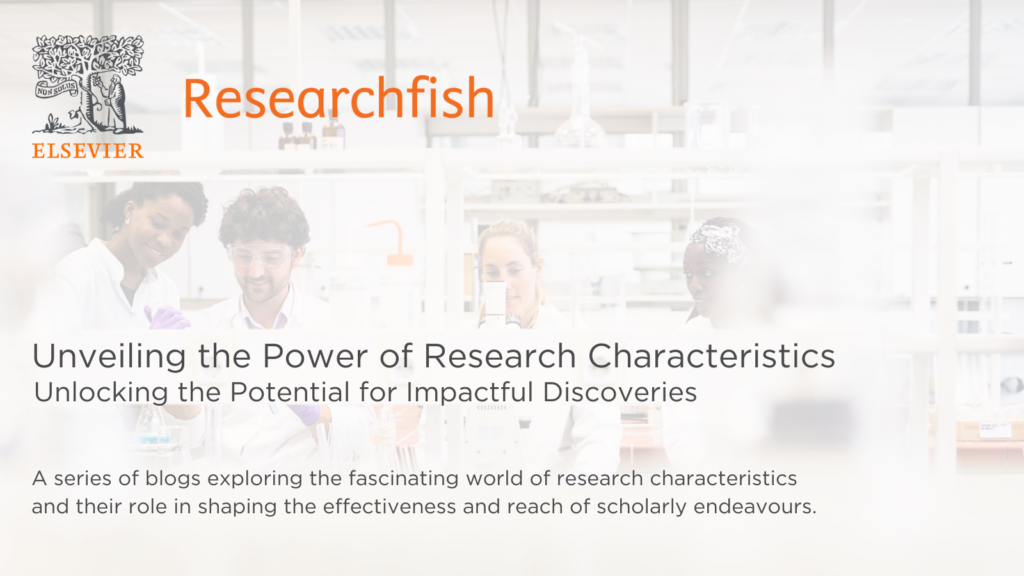
Welcome back to our series on research impact! In our previous blog posts, we discussed the significance, reach, tangibility, novelty, and durability of research impact. Today, we explore another crucial characteristic: “Collaboration.”
Sean Newell
6: Collaboration
Collaboration refers to the active engagement and partnership between researchers, organizations, communities, and stakeholders to collectively address complex challenges and achieve greater research impact. Join us as we delve into the importance of collaboration in research impact and how it fosters synergy, innovation, and transformative outcomes.
Definition and Explanation
Collaboration, as a characteristic of research impact, emphasizes the cooperative and interdisciplinary nature of research endeavours. It involves working together, sharing expertise, resources, and perspectives to generate new knowledge, insights, and solutions. Collaboration enhances the relevance, quality, and effectiveness of research by leveraging diverse perspectives, facilitating knowledge exchange, and promoting collective action towards common goals.
Examples that illustrate the importance of collaboration in research impact:
1. Interdisciplinary Collaboration: Research projects that bring together experts from various disciplines, such as medicine, engineering, and social sciences, can address complex issues more comprehensively. For example, collaborations between medical researchers, engineers, and psychologists can lead to innovative healthcare technologies that consider not only medical effectiveness but also user experience and psychological well-being.
2. Community-Researcher Collaboration: Engaging communities as active partners in the research process ensures that research aligns with their needs, values, and priorities. For instance, community-based participatory research involves collaboration between researchers and community members to address health disparities, environmental justice issues, or social inequalities, resulting in more relevant and impactful outcomes.
3. Industry-Academia Collaboration: Collaboration between academia and industry facilitates the translation of research findings into practical applications and solutions. For example, partnerships between pharmaceutical companies and academic researchers can accelerate the development of new drugs, resulting in improved patient outcomes and healthcare advancements.
4. International Collaboration: Research collaborations across borders and cultures foster global perspectives and knowledge exchange. International research collaborations enable the pooling of resources, expertise, and data to address global challenges such as climate change, infectious diseases, or sustainable development.

Challenges and Considerations
Collaboration in research impact comes with challenges:
- Navigating power dynamics and ensuring equitable participation among collaborators from different backgrounds, disciplines, or sectors.
- Building trust, fostering effective communication, and aligning goals and expectations among collaborators.
- Addressing logistical, financial, and administrative challenges associated with multi-institutional or international collaborations.
Enhancing Collaboration
To enhance collaboration and maximize research impact, researchers and funders can consider the following strategies:
- Establish supportive environments and incentives for collaborative research, including dedicated funding programs or recognition for collaborative achievements.
- Promote interdisciplinary training and networking opportunities to foster collaboration across disciplines and sectors.
- Invest in capacity-building activities to strengthen collaboration skills, such as effective communication, negotiation, and conflict resolution.
Summary
Collaboration is a key characteristic that unlocks the full potential of research impact by harnessing the power of collective expertise, resources, and perspectives. Through collaboration, research becomes more relevant, innovative, and capable of driving transformative change.
Join us in our next blog post, where we will continue exploring another characteristic of research impact: “Transferability.”
Other blog posts in this series
- Introduction. Unveiling the Power of Research Characteristics: Unlocking the Potential for Impactful Discoveries.
- 1: Significance. Unveiling the Significance of Research Impact: Driving Change and Advancements
- 2: Reach. Reaching Far and Wide: Exploring the Reach of Research
- 3: Tangible Impact: Unveiling the Power of Research in Making a Difference
- 4: Unleashing Novelty: Exploring the Power of Originality in Research Impact
- 5: Sustaining Impact: Exploring the Durability of Research Impact
- 7: Transferring Knowledge: Exploring the Transferability of Research Impact
- 8: Engaging for Impact: The Power of Stakeholder Engagement in Research
- 9: Driving Change: The Crucial Role of Policy Relevance in Research Impact